Optimal Fabrics & Surfaces for Superior Direct-to-Film (DTF) Prints
Direct-to-Film (DTF) transfer is a cutting-edge printing technique for creating high-quality decorat…….
In the dynamic world of printing and design, Direct-to-Fabric (DTF) transfers have emerged as a game-changer, offering unparalleled versatility and customization in textile production. This innovative process allows for the direct application of intricate designs onto various fabrics, enabling artisans, designers, and businesses to create unique, personalized garments and products. The choice of material is a critical aspect that determines the quality, durability, and aesthetic appeal of these transfers. This article aims to delve into the ‘Best Materials for DTF Transfers’, exploring their properties, applications, and the impact they have on the industry. By understanding these materials, readers will gain valuable insights into enhancing the effectiveness and success of their fabric printing endeavors.
Definition: Direct-to-Fabric (DTF) transfers involve transferring printed designs from a master copy onto a fabric surface using specialized inks and techniques. The ‘Best Materials’ in this context refer to the fabrics or substrates that offer optimal performance during this process, ensuring vibrant colors, crisp details, and long-lasting durability.
Core Components:
Historical Context: The concept of fabric printing has a rich history dating back centuries. However, modern DTF transfers have seen significant advancements with the introduction of advanced inks, printing technologies, and an array of suitable fabrics. This evolution has made fabric customization more accessible and affordable, revolutionizing the apparel and textiles industry.
Significance: The choice of best materials is critical for several reasons:
The global DTF transfers market is experiencing substantial growth, driven by rising demand in various sectors:
| Sector | Market Growth (2021-2028) |
|---|---|
| Apparel | 7.5% |
| Home Textiles | 9.2% |
| Marketing/Promotional Products | 8.8% |
Regional Influence:
Trends Shaping the Future:
The global DTF transfers market is highly competitive, with a mix of local and international players. The market’s growth is expected to continue as the demand for customized textiles rises. Small and medium-sized enterprises (SMEs) play a significant role in this space, offering specialized services and catering to niche markets.
1. Cotton:
2. Polyester:
3. Linen:
4. Rayon (Viscose):
5. Technical Fabrics (e.g., Nylon, Spandex):
The future of DTF transfers looks promising with ongoing innovations:
The ‘Best Materials’ for DTF transfers offer a combination of aesthetic appeal, durability, and versatility, catering to diverse industry needs. As the market continues to grow, understanding these materials and their applications will empower businesses and designers to create innovative fabric products. With ongoing advancements in technology and an increasing focus on sustainability, the future of DTF transfers looks bright, promising exciting possibilities for the textile industry.
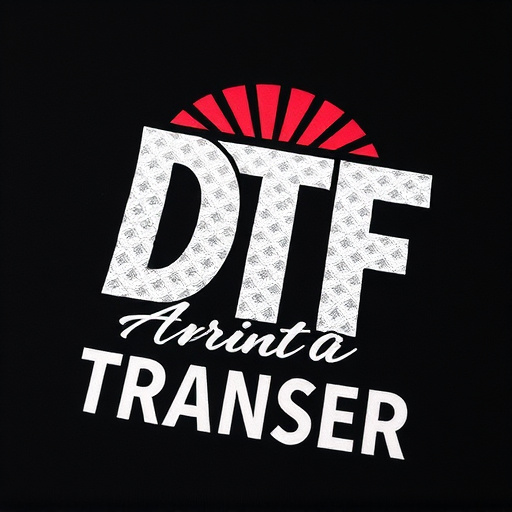
Direct-to-Film (DTF) transfer is a cutting-edge printing technique for creating high-quality decorat…….

Direct-to-film (DTF) printing is a modern technique that allows for precise application of designs o…….
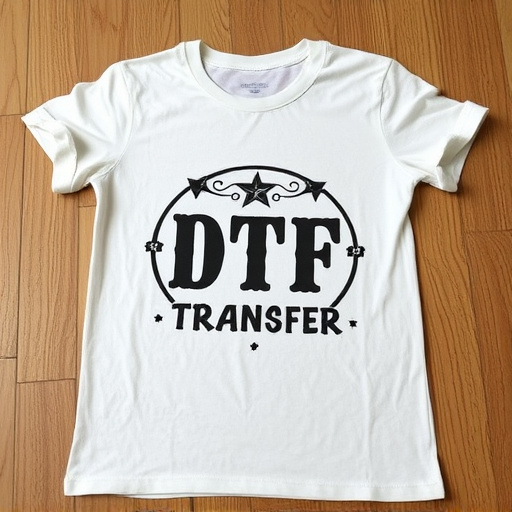
Direct-to-Film (DTF) transfer is a cutting-edge printing method that allows for direct application o…….

Direct-to-Film (DTF) transfer is a cutting-edge printing technique that directly prints designs onto…….

Direct-to-Film (DTF) transfer is a cutting-edge printing method for high-quality imaging on various…….
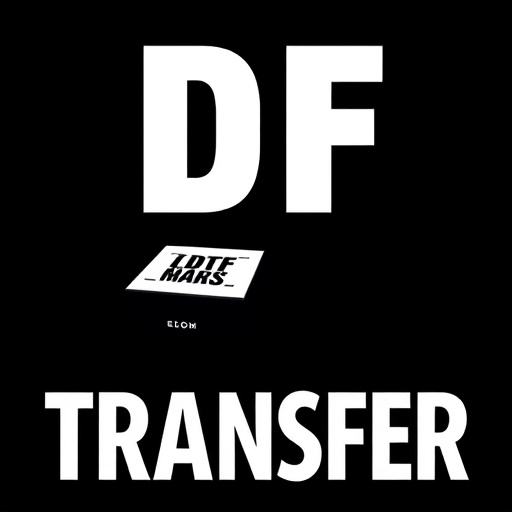
Direct-to-Film (DTF) transfer is a cutting-edge printing method that directly applies designs onto f…….
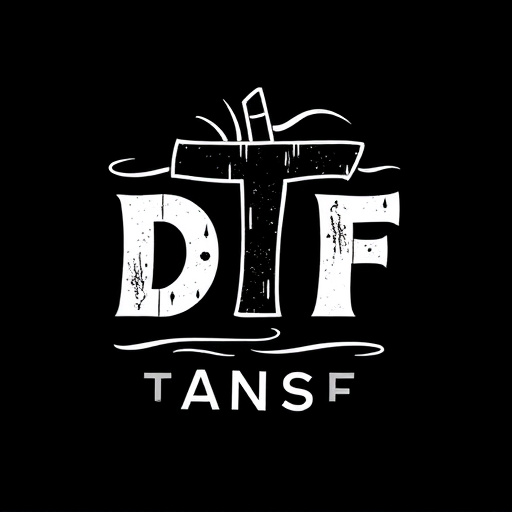
Direct-to-Film (DTF) Printing is a cutting-edge technology enabling high-quality custom prints on di…….

Direct-to-Film (DTF) transfer is an innovative printing method that directly applies designs onto va…….

Direct-to-Film (DTF) printing revolutionizes graphic production with versatile, efficient high-resol…….
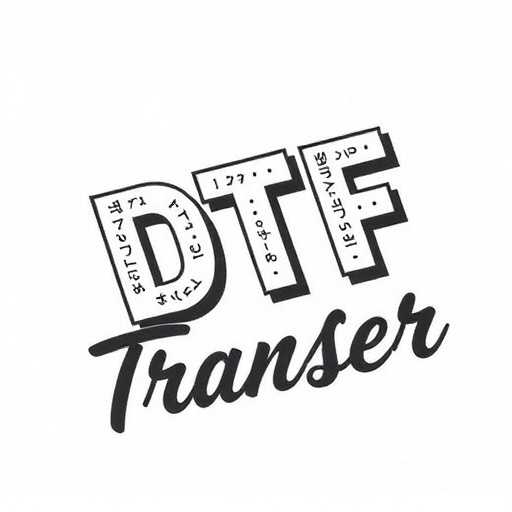
Direct-to-Film (DTF) transfer printing offers a versatile method for creating decorative and functio…….